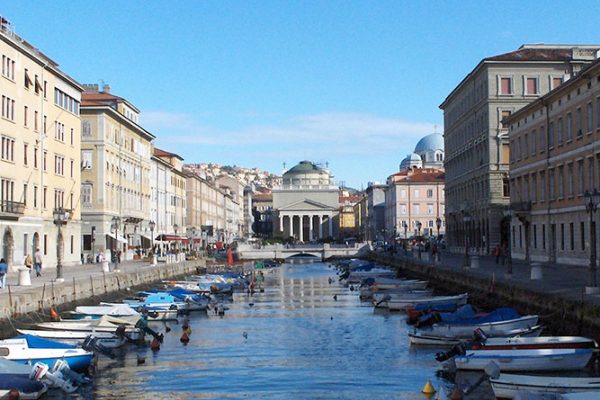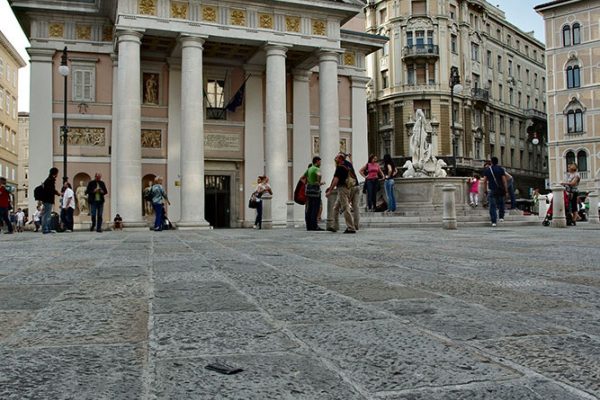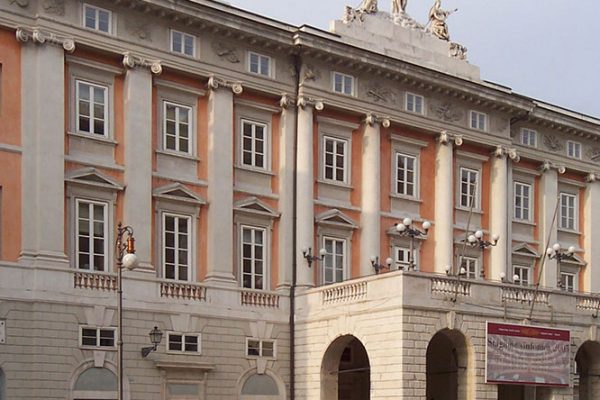Trieste
Starting from piazza dell’Unità d’Italia, the main square of Trieste you will discover palaces, cafès and places, through an itinerary between the various historical and cultural eras which have made Trieste the Central European city par excellence.







